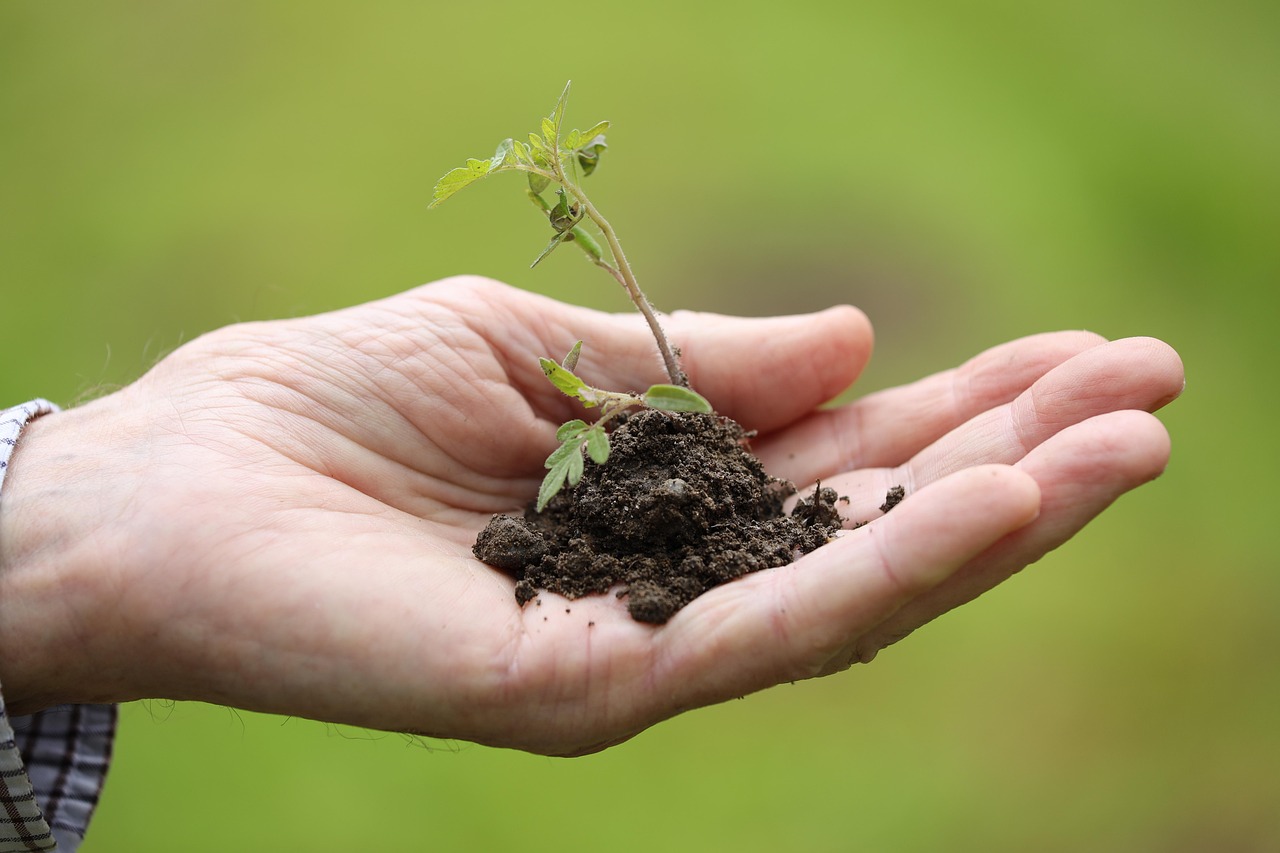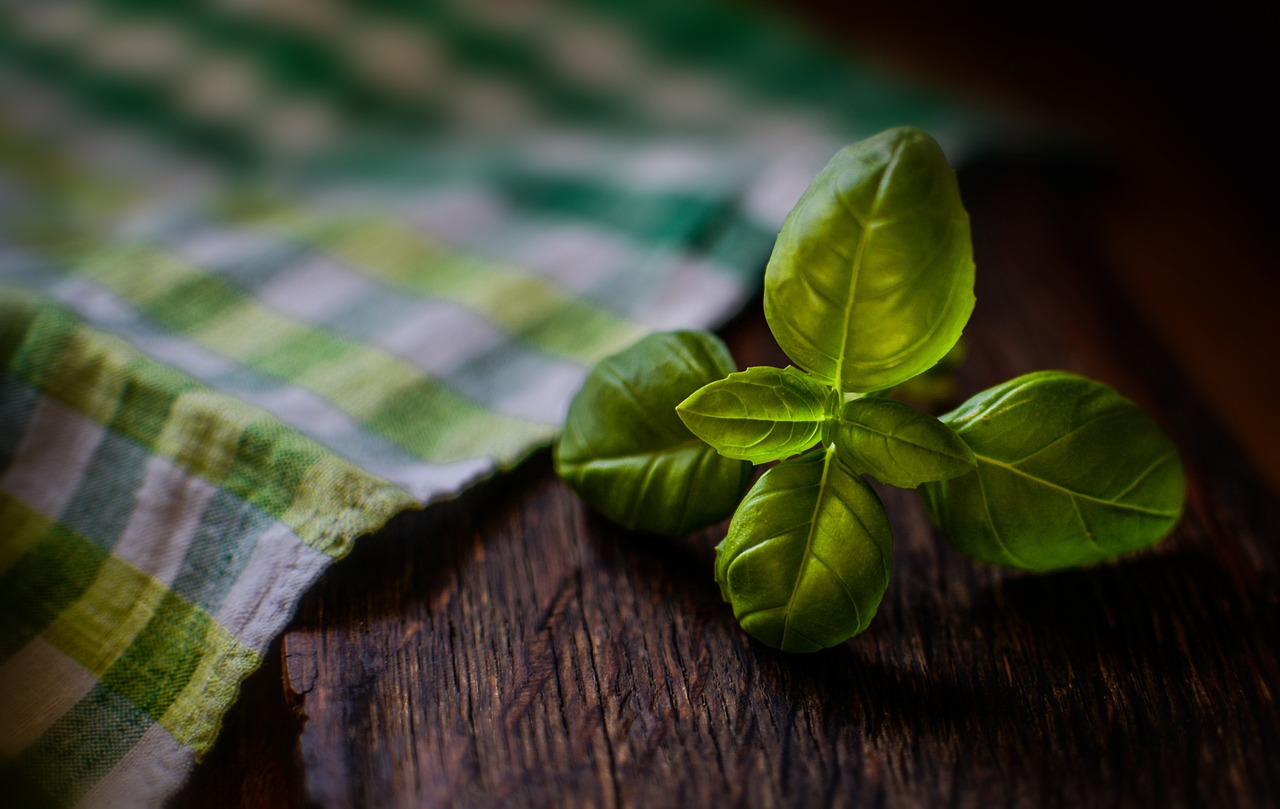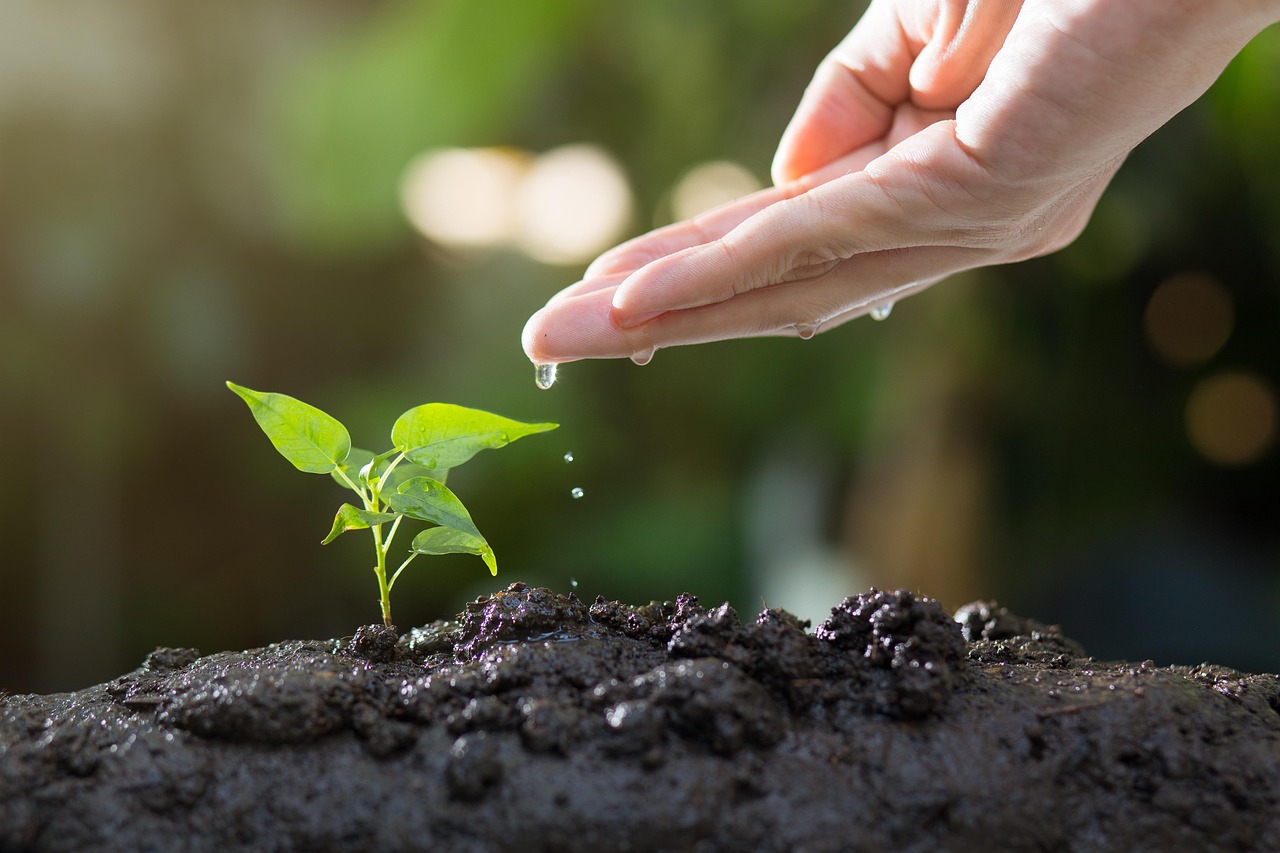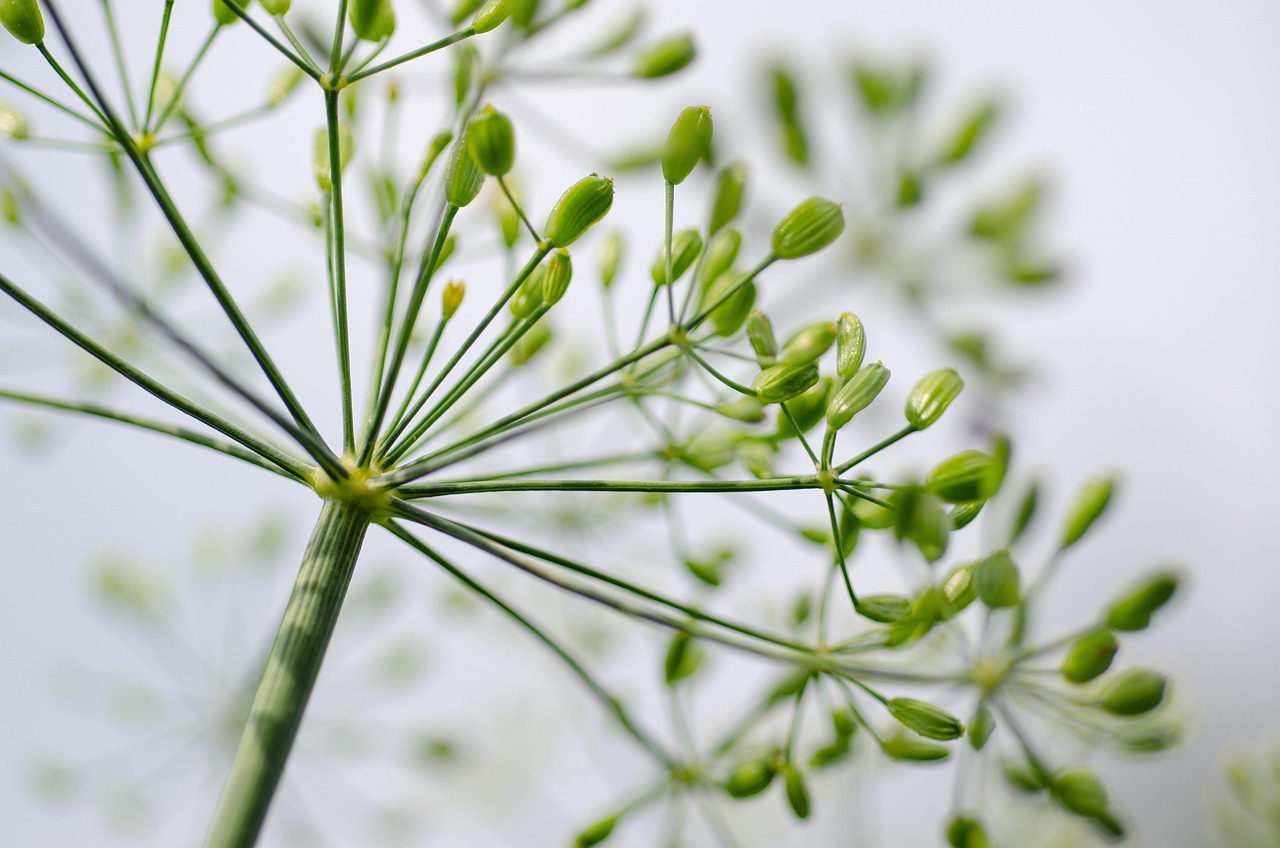Planting a spring herb garden is an enjoyable way to grow fresh ingredients for herbal teas. Begin by selecting herbs like mint, chamomile, and lemon balm. Ensure your garden has access to sunlight, well-drained soil, and adequate water. With proper care, you can harvest herbs throughout the season for delightful brews.
Why Grow a Herb Garden?

Herb gardens are not only a source of fresh flavor for your dishes but also provide a variety of health benefits. Growing herbs at home allows you to enjoy organic options without the need for pesticides or chemicals. Furthermore, many herbs are easy to cultivate, making them ideal for beginner gardeners.
Herbs can be used in cooking, for medicinal purposes, or to create refreshing herbal teas. Herbal teas have gained popularity due to their soothing properties and natural flavors. With countless varieties available, you can customize your tea blends according to your taste preferences.
Choosing the Right Herbs
When planning your herb garden, it is essential to choose herbs that thrive in your local climate. Some popular herbs for tea-making include:
- Mint: Refreshing and invigorating, mint tea is perfect for digestion.
- Chamomile: Known for its calming effects, chamomile tea helps with sleep and relaxation.
- Lemon Balm: This herb offers a mild lemon flavor and has mood-boosting properties.
- Lavender: Renowned for its soothing aroma, lavender tea is great for stress relief.
- Thyme: Rich in vitamins, thyme tea can support respiratory health.
Each of these herbs has unique flavors and health benefits. By selecting a mix of these, you can create diverse tea blends to suit various occasions or moods.
Site Selection and Preparation
Choosing the right location for your herb garden is crucial for success. Most herbs require at least six hours of sunlight daily. Look for a spot in your yard or balcony that receives ample sunlight. If you’re limited on space, consider using pots or containers that can be moved to capture sunlight as needed.
The soil quality is equally important. Herbs prefer well-draining soil rich in organic matter. Before planting, test your soil’s pH level. Most herbs thrive in slightly acidic to neutral soil (pH 6.0 to 7.0). You can amend your soil with compost or aged manure to add nutrients and improve drainage.
Planting Your Herbs
Once you’ve selected your herbs and prepared your planting site, it’s time to get started. Here is a simple guide to planting your herbs:
- Timing: Plant herbs in early spring after the last frost date in your area.
- Sowing Seeds: Follow seed packet instructions for depth and spacing.
- Transplanting: If using seedlings, gently remove them from their containers and plant them in prepared soil.
- Watering: Water the newly planted seeds or seedlings immediately to help them settle into the soil.
- Mulching: Apply a layer of mulch around your plants to retain moisture and suppress weeds.
With careful planning and attention, your herb garden will flourish, providing you with a bounty of fresh herbs ready to be used in delicious herbal teas.
Maintenance Tips
Maintaining your herb garden is essential for a robust harvest. Regular watering is important, especially in dry spells. However, avoid overwatering, as this can lead to root rot. Fertilize your herbs every few weeks with a balanced fertilizer to promote healthy growth.
Pest control is another critical aspect of maintaining your garden. Inspect your plants regularly for signs of pests or diseases. Natural remedies such as neem oil or insecticidal soap can help manage any infestations without harming beneficial insects.
By following these guidelines and nurturing your plants, you will enjoy a thriving herb garden filled with flavorful options for herbal teas throughout the spring and beyond.
Harvesting Your Herbs
Harvesting is one of the most rewarding aspects of growing your herb garden. Picking your herbs at the right time ensures optimal flavor and promotes further growth. Knowing when and how to harvest your herbs can significantly enhance your tea-making experience.
When to Harvest
The best time to harvest herbs is just before they bloom. At this stage, the leaves contain the most flavor and essential oils. Here are some tips on when to harvest specific herbs:
- Mint: Harvest the leaves when they are fully developed, preferably in the morning after the dew has dried.
- Chamomile: Collect flowers when they are fully open but before the petals begin to droop.
- Lemon Balm: Cut the stems just above a leaf node to encourage bushier growth.
- Lavender: Harvest when the flowers are just beginning to open for the best aroma.
- Thyme: Snip off sprigs as needed, making sure to leave some foliage for future growth.
How to Harvest
Proper harvesting techniques can make a significant difference in the health of your plants. Here are some methods to consider:
- Use Clean Tools: Always use clean, sharp scissors or garden shears to prevent disease.
- Avoid Over-Harvesting: Only take what you need. Leave enough foliage on the plant for continued growth.
- Cut at the Right Spot: For most herbs, cut stems just above a pair of leaves or a node to encourage new growth.
- Harvest in Batches: Regularly harvest small amounts rather than taking all at once to prolong the plant’s life.
After harvesting, wash your herbs gently under cool water to remove any dirt or insects. Pat them dry with a clean cloth or paper towel before using them in your teas.
Drying Your Herbs
If you want to preserve your harvested herbs for later use, drying is an excellent option. Dried herbs retain much of their flavor and aroma, making them perfect for tea preparations throughout the year.
Methods for Drying Herbs
There are several methods for drying herbs. Here are a few popular techniques:
- Air Drying: Bundle a few stems together and hang them upside down in a dark, dry, and well-ventilated area. This method works well for sturdy herbs like thyme and rosemary.
- Oven Drying: Set your oven to the lowest temperature and place a single layer of herbs on a baking sheet. Keep the door slightly ajar to allow moisture to escape. Check periodically to avoid burning.
- Dehydrator: A food dehydrator is an efficient way to dry herbs quickly. Follow the manufacturer’s instructions for optimal results.
Storing Dried Herbs
Once your herbs are completely dried, proper storage is crucial to maintain their flavor. Consider these tips for storing dried herbs:
- Use Airtight Containers: Store dried herbs in glass jars or airtight containers to prevent moisture exposure.
- Label Containers: Always label your containers with the herb name and date of drying for easy identification.
- Keep in a Dark Place: Store your containers in a cool, dark pantry or cupboard to preserve potency.
Dried herbs can last for months when stored properly. Use them to create delightful herbal teas whenever you crave their unique flavors.
Culinary Uses Beyond Tea

Your herb garden can be a versatile addition to your kitchen. Beyond herbal teas, many of these plants can enhance various dishes. Here are some ideas for using your freshly harvested herbs:
- Mint: Add fresh mint leaves to salads, desserts, or cocktails for a refreshing twist.
- Chamomile: Use chamomile flowers in baking or as flavoring in syrups and jellies.
- Lemon Balm: Incorporate lemon balm into vinaigrettes or use it as a garnish for fish dishes.
- Lavender: Use lavender in baked goods like cookies and cakes for a floral note.
- Thyme: Add thyme to roasted vegetables or meats for depth of flavor.
Experimenting with these herbs in different recipes will not only allow you to enjoy their unique flavors but also maximize the benefits of your herb garden.

Creating Herbal Tea Blends
One of the most delightful aspects of having a herb garden is the ability to create your own herbal tea blends. Combining different herbs can produce unique flavors and health benefits tailored to your preferences. Here are some tips to guide you in crafting your personalized tea blends.
Understanding Flavor Profiles
Before creating your blends, it is essential to understand the flavor profiles of various herbs. Here are some common flavor characteristics:
- Mint: Cool and refreshing, mint pairs well with sweet and citrus flavors.
- Chamomile: Mildly sweet and floral, chamomile complements herbs like lemon balm.
- Lemon Balm: Lightly citrusy, this herb enhances blends with other fruity or floral notes.
- Lavender: Floral and slightly herbaceous, lavender works well with mint and chamomile.
- Thyme: Earthy and savory, thyme adds depth to blends that include citrus or sweet notes.
By understanding how these flavors interact, you can create balanced and enjoyable herbal teas.
Basic Herbal Tea Blend Recipes
Here are a few simple recipes for herbal tea blends that showcase the flavors of your homegrown herbs:
- Minty Lemon Bliss:
- 1 part dried peppermint leaves
- 1 part dried lemon balm leaves
- 1 part dried chamomile flowers
This blend is refreshing and uplifting, perfect for warm weather.
- Calming Chamomile:
- 2 parts dried chamomile flowers
- 1 part dried lavender buds
- 1 part dried lemon balm leaves
A soothing blend great for winding down at the end of the day.
- Herb Garden Medley:
- 1 part dried thyme
- 1 part dried peppermint leaves
- 1 part dried lemon balm leaves
This tea is aromatic and grounding, ideal for a refreshing cup anytime.
Feel free to experiment with different ratios or add other herbs to find the perfect blend that suits your taste.
The Health Benefits of Herbal Teas
Herbal teas are not only delicious but also offer various health benefits. Here are some common benefits associated with popular herbs used in teas:
Mental Well-Being
Certain herbs are known for their calming properties, making them excellent choices for reducing stress and anxiety:
- Chamomile: Helps promote relaxation and improve sleep quality.
- Lemon Balm: Known to elevate mood and reduce anxiety symptoms.
- Lavender: Often used for its calming effects, lavender can help alleviate tension and stress.
Digestive Health
Many herbs can aid digestion and soothe gastrointestinal discomfort:
- Peppermint: Effective for relieving bloating and indigestion.
- Ginger (if grown or added): Known for its anti-nausea properties and can stimulate digestion.
- Fennel (if included): Helps reduce gas and bloating when consumed as tea.
Immune Support
Certain herbs possess properties that may boost the immune system, helping the body fight off colds and infections:
- Echinacea (if cultivated): Known to enhance immune function and reduce the duration of colds.
- Thyme: Contains antimicrobial properties that can help combat respiratory infections.
- Lemon Balm: Rich in antioxidants that can support overall health.
The health benefits of herbal teas make them an excellent addition to your daily routine. By incorporating a variety of herbs into your garden, you can enjoy both flavorful drinks and wellness support.
Hosting a Tea Tasting Event

If you want to share your love for herbal teas with friends and family, consider hosting a tea tasting event. This is a fun way to showcase your homegrown herbs while introducing others to the world of herbal teas.
Planning Your Event
Here are some steps to help you organize a successful tea tasting:
- Select Your Teas: Choose a variety of herbal teas, including some of your custom blends along with popular options.
- Gather Supplies: Ensure you have teapots, cups, filters, and all necessary accessories for brewing and serving.
- Create a Tasting Menu: Prepare a menu that lists each tea along with its flavor profile and health benefits.
- Add Snacks: Complement your teas with light snacks that pair well with the flavors, such as pastries, fruits, or nuts.
- Invite Guests: Send out invitations to friends
Invite Guests
Send out invitations to friends and family, clearly stating the date, time, and location of your tea tasting event. Encourage them to RSVP so you can prepare accordingly. You might also want to ask them if they have any dietary restrictions to accommodate everyone’s needs.
Setting the Atmosphere
The atmosphere of your tea tasting can enhance the overall experience. Consider these tips for creating a cozy and inviting environment:
- Decorate the Space: Use fresh flowers or herbs from your garden as centerpieces to create a natural ambiance.
- Soft Music: Play soft background music to set a relaxing mood.
- Comfortable Seating: Ensure there is ample seating where guests can relax and enjoy their teas.
Conducting the Tasting
During the tea tasting, guide your guests through each tea. Here are some steps to facilitate the tasting:
- Introduce Each Tea: Explain the origin, flavor profile, and health benefits of each tea before serving.
- Encourage Tasting Notes: Provide guests with notepads to jot down their impressions of each tea.
- Facilitate Discussion: Encourage guests to share their thoughts and preferences on the teas they taste.
This interactive experience not only enhances your guests’ appreciation for herbal teas but also fosters a sense of community around your garden’s bounty.
Expanding Your Herb Garden
Once you have successfully planted and maintained your spring herb garden, consider expanding it. There are countless herbs to explore, and you can experiment with different varieties each season. Here are some tips for expanding your herb garden:
- Seasonal Herbs: Research herbs that thrive in different seasons. For example, basil and cilantro are summer favorites, while sage and rosemary can be grown year-round in many climates.
- Herb Combinations: Consider companion planting by grouping herbs that benefit each other. For instance, planting basil near tomatoes can enhance both plants’ growth.
- Herb Varieties: Explore unique or lesser-known herbs such as holy basil (tulsi), lemon verbena, or hibiscus for new flavors in your teas.
Continuously exploring new herbs will keep your garden dynamic and ensure that your herbal tea options remain diverse and exciting.
Final Thoughts
Planting a spring herb garden dedicated to herbal teas is a fulfilling endeavor that combines gardening, culinary creativity, and wellness. By selecting the right herbs, understanding their uses, and caring for them properly, you can cultivate a thriving garden that offers a bounty of fresh flavors and health benefits.
The process of creating herbal tea blends allows you to explore unique flavor combinations while personalizing your tea experience. Hosting tea tastings can further deepen your connection with friends and family, sharing the joy of homegrown herbs and their delightful uses.
As you cultivate your garden and experiment with different recipes and growing techniques, you will discover the joys of herbal gardening and the rich flavors it brings to your life. Embrace this journey, and let your herb garden be a source of inspiration for relaxation, culinary exploration, and health enhancement.
In summary, nurturing a spring herb garden is more than just gardening; it is an invitation to embrace nature’s bounty, enrich your culinary skills, and enjoy the soothing rituals of herbal teas. With each sip of your homemade blends, you celebrate the fruits of your labor while savoring the holistic benefits that come with every cup.
